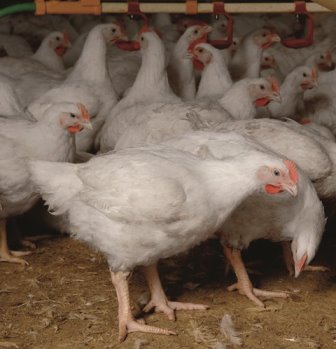Now, new research has established that Pasteurella multocida, the bacterium that causes fowl cholera, is intuitive enough to switch on and off certain genes to outsmart vaccines, leaving free-range chicken flocks exposed to the often-devastating effects of the disease.
The finding from Dr Lida Omaleki, based at the University of Queensland (UQ), also points to the need for whole-genome sequencing to help chicken producers identify changes in bacterial strains and better protect their flocks.
The death of chickens is often the first sign that a flock is infected. Chronic symptoms can include fever, loss of appetite, respiratory difficulties and a bluish discolouration of a bird’s skin, wattle and comb. Stresses, such as fox or dingo attacks, can also lower immunity levels, exposing the chicken to greater chance of infection. The responsible bacteria, P. multocida, can also be carried and transferred to chickens from foxes, rodents and migrating birds.
Production levels in flocks for both meat and eggs are impacted after an infection of fowl cholera, which is less prevalent in chicken flocks held inside sheds because of the closely controlled environments and closer monitoring of animal health.
Dr Lida Omaleki’s research at UQ is part of a Queensland Alliance for Agriculture and Food Innovation (QAAFI) project co-funded by Australian Eggs and AgriFutures Chicken Meat Program. Using genomic analysis, she has discovered why some vaccines were not proving effective against fowl cholera.
The most widely used form of vaccine to combat fowl cholera is a ‘killed vaccine’. Live bacteria are taken from the carcasses of an infected flock, grown in the laboratory and then killed, providing the basis for a vaccine to protect subsequent flocks on the same property.











